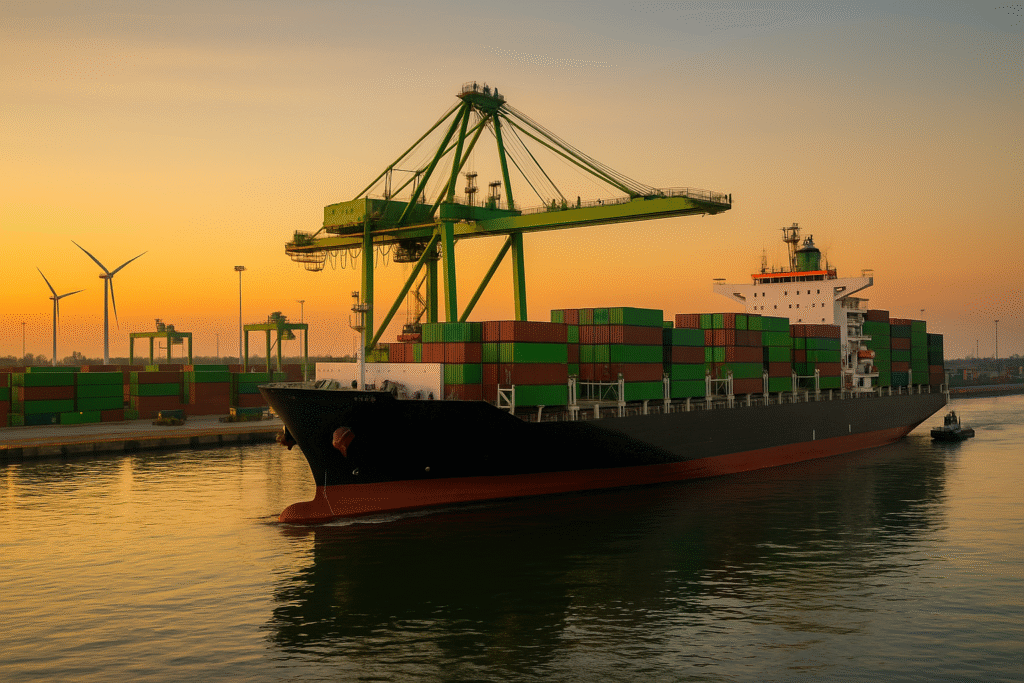Why sustainable shipping is a priority for importers
Sustainable shipping has moved from a nice-to-have to a core requirement for importers. Customers and regulators expect clear progress on emissions and responsible operations. Importers feel these expectations first, because service quality, reliability, and reputation converge at the logistics interface. When sustainability becomes part of how freight moves, the perceived value of the service improves. That perception, in turn, shapes how buyers select partners and how long those relationships last in competitive maritime markets.
How sustainable shipping creates logistics value
Value grows when greener practices translate into better performance. Cleaner fuels, energy-efficient operations, and smarter planning reduce delays and variability. Importers interpret those outcomes as higher service quality. The benefits are not only environmental; they also reduce risk, make costs more predictable, and align with customer demands. When carriers communicate results clearly and keep practices consistent across routes, importers can commit with greater confidence and plan longer cycles without sacrificing sustainability goals.
From logistics value to lasting loyalty
Perceived logistics value is the bridge between sustainability and loyalty. When importers experience real improvements tied to greener operations, trust deepens and switching intent falls. That effect is especially strong for importers compared with other users in the maritime chain. Better on-time performance, fewer disruptions, and transparent reporting reinforce the idea that sustainability is operational, not just promotional. Over time, this strengthens contracts, stabilizes volumes, and supports collaborative planning across seasons.
Making sustainability operational across the chain
The path forward requires embedding sustainable shipping into day-to-day governance. Contracts should clarify targets, data sharing, and review cadences. Internal KPIs must connect emissions progress with service outcomes so teams do not treat goals in isolation. Commercial and operations groups need the same dashboards and definitions. When improvements are measured and communicated consistently, sustainability becomes a lever for performance and not an external constraint. Importers that work this way convert environmental ambition into durable competitive advantage.
Source: WMU Journal of Maritime Affairs

